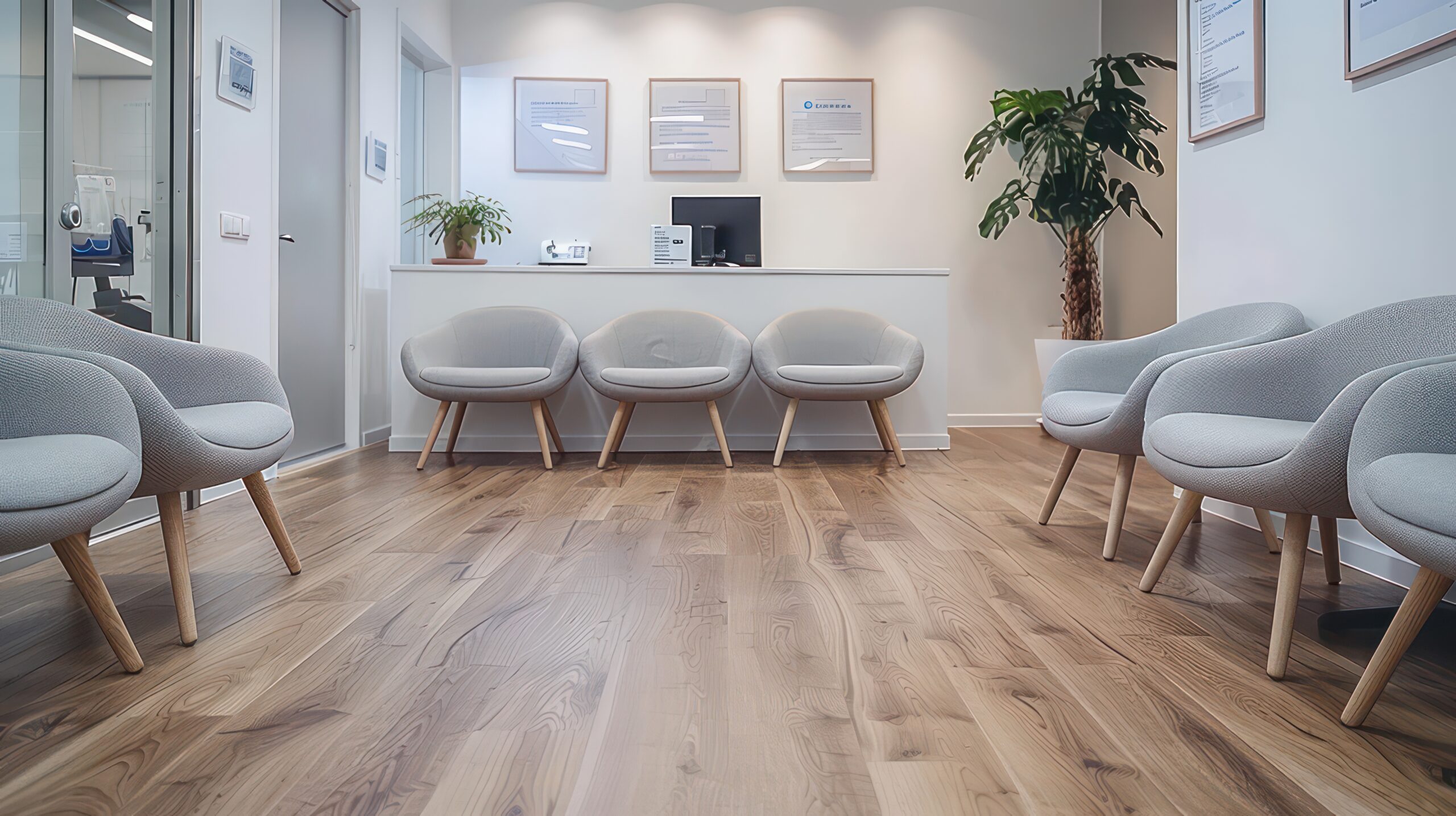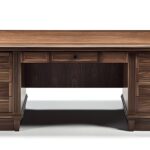First impressions are often made in the waiting area, where people first step into your office, clinic, or business before their appointment or meeting. How the seating looks and its comfort level set the tone for how visitors view the place. Waiting rooms that provide functionality and style tend to make visitors relax and feel welcomed. Therefore, selecting the right chairs is not simply a case of filling space—it’s a case of building an experience.
Why Comfort Matters in Waiting Rooms
An optimally built Waiting Room Chair directly affects one’s state of mind while waiting. Uncomfortable seating can increase tension and make a negative impression, especially in business or health settings where waiting is impossible to avoid. Chairs that provide adequate cushioning, back support, and proper ergonomics support a sense of comfort and reduce restlessness. Comfort plays a huge part in making waiting as pleasant as possible for the guests.
Ergonomic seating also contributes to accessibility and inclusivity. Armrests, adequate height, and seating stability accommodate people of different ages and physical abilities. Effective design ensures that all visitors feel appreciated and cared for, positively affecting the organization. Comfort becomes an additional feature—it becomes a part of customer service.
The Role of Design and Aesthetics
Design is also important because waiting rooms have a way of reflecting the personality and values of a business. Clean, modern chairs convey efficiency and professionalism, while more plush, fanciful designs can convey warmth and friendliness. Coordinating chairs with the overall interior look enables one to achieve a cohesive look that helps to promote brand identity. The look of a waiting room can often set the tone for the entire experience.
The materials and finishes you go with can change the feel of a design. Leather or leather-like chairs, for example, offer a refined, high-end look. On the other hand, fabric chairs offer warmth and color and pattern diversity. Striking that perfect balance between looking great and lasting a long time ensures the area feels inviting and is built to stand the test of time.
Choosing Durable, Low-Maintenance Seating
Besides design and comfort, waiting area chairs must be durable enough to handle extensive use. High-traffic zones require comfortable yet wear-and-tear-resistant furniture that also offers simplicity in terms of cleaning. Strong frames, either metal or good-quality wood, provide lasting support, and stain-resistant fabric helps keep things looking neat and professional.
Maintenance is also a really important thing to think about. In healthcare settings, where keeping things clean is key, chairs that are easy to wipe down and sanitize are a must-have. Going for tough furniture that doesn’t need much upkeep shows you’re professional and committed to providing care over the long haul.
Designing for Comfort and Care
Lastly, the best waiting room chairs balance comfort, style, and durability to offer a welcoming environment. Visitors should be comfortable and feel cared for, but the style must complement the function and look of the space. Businesses that spend money on good seating demonstrate respect and hospitality and leave every visitor with a good impression.
By selecting the right chairs, you can transform waiting rooms from functional rooms to places that enhance visitor experience. Aesthetics and functionality are not conflicting forces but supporting ones, mutually enhancing each other in order to create areas where people feel valued and at ease. With the use of the right seating, waiting can be turned into a positive and enjoyable experience as part of the visit.



